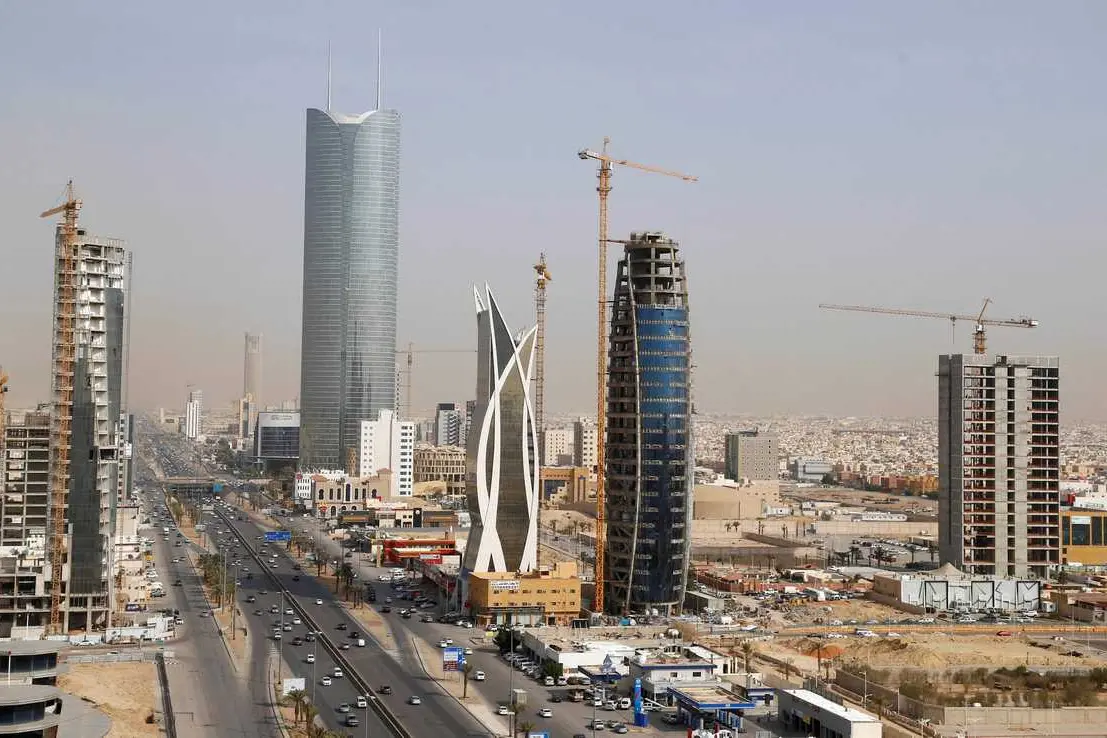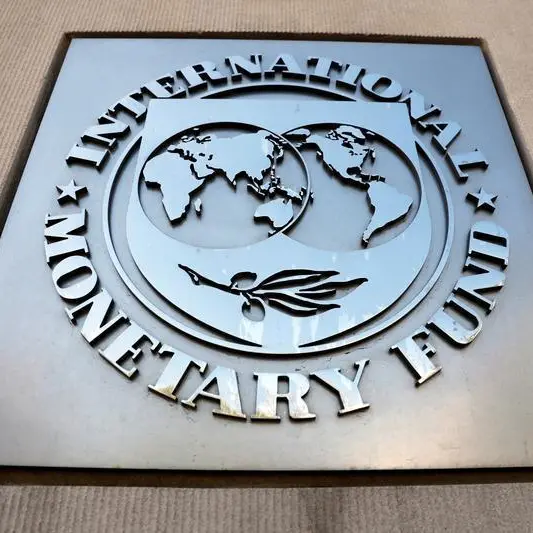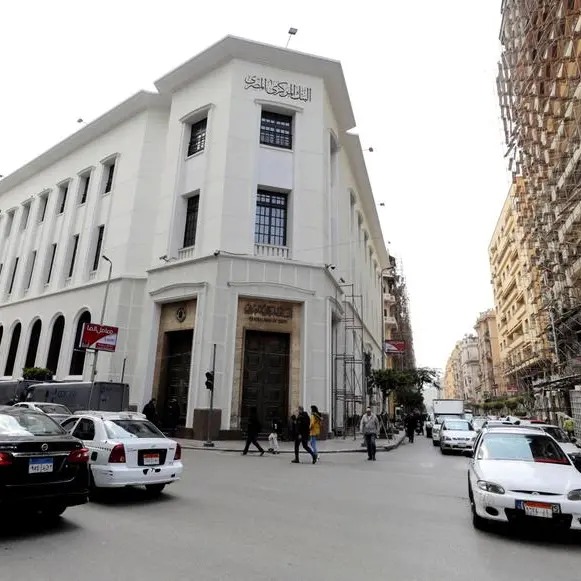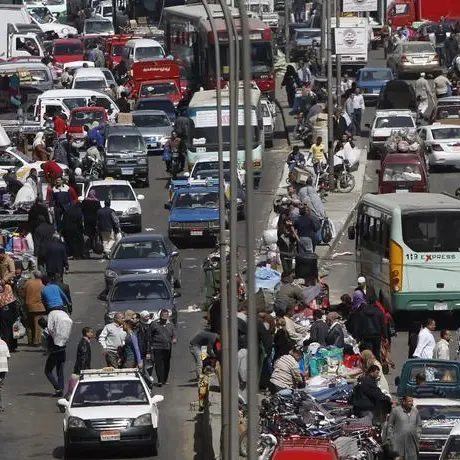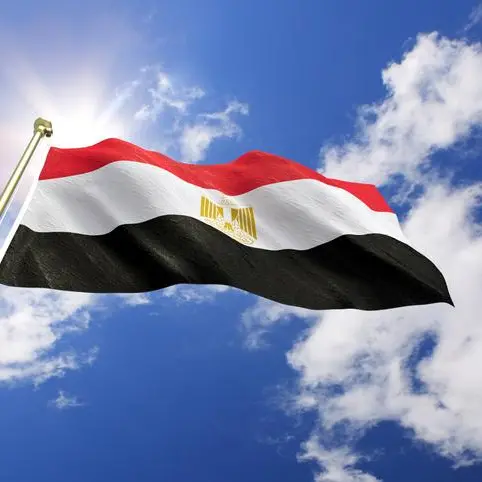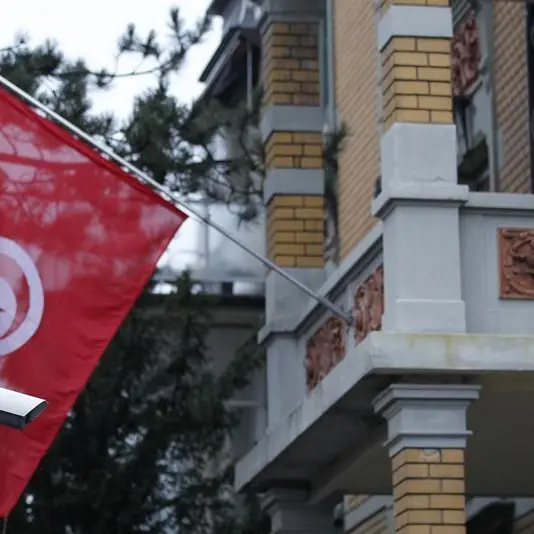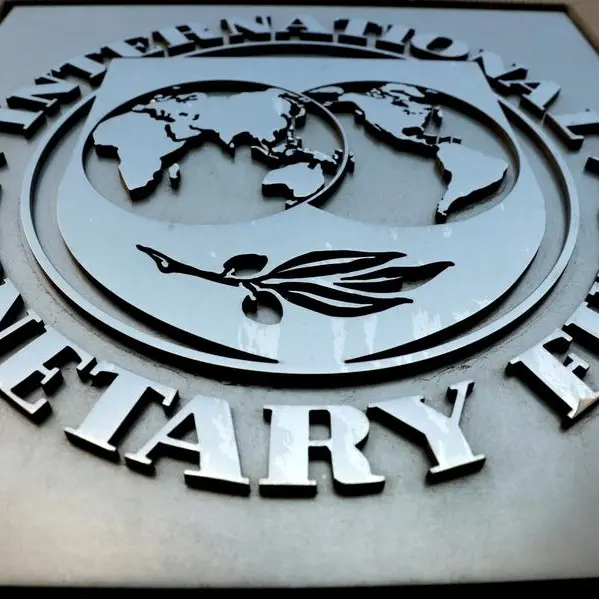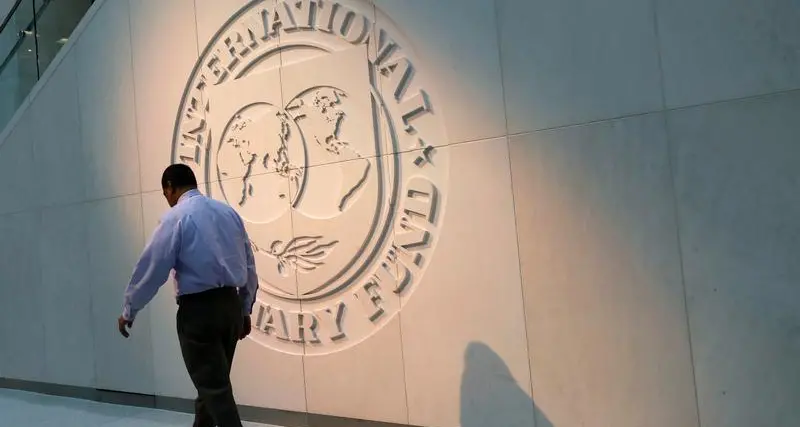PHOTO
Saudi Arabia’s SR978 billion ($260 billion) budget for 2018 sends a strong signal that the government is serious about supporting the economy, especially the non-oil sector, and pursuing its Vision 2030 objectives, said the National Bank of Kuwait (NBK) in its latest Economic Update.
The expansionary budget will also be supplemented by an additional SR133 billion ($35 billion) from the Public Investment Fund (PIF) and the National Development Fund (NDF). Revenue projections appear to be based on an oil price of $59 per barrel (/bbl), with minimal scope for crude production gains given Saudi Arabia’s commitment to an extension of the Opec production cut agreement to end-2018.
As a statement of intent, the 2018 budget is a powerful one. Not only is this the largest ever budget – more than a trillion Saudi riyals if the PIF/NDF outlays are included – but it is also one designed to send a strong signal to economic actors both inside and outside the kingdom that the government is serious about supporting the economy, especially the non-oil sector, and pursuing its Vision 2030 strategic objectives.
The authorities have recognized that they must slow down the pace of austerity so as not to imperil the economic recovery. With SR655 billion ($175 billion) in government deposits at the Saudi Arabian Monetary Agency (Sama) and $493 billion in foreign reserve assets as of October 2017 as well as a burgeoning domestic and international bond and sukuk program, the kingdom has the space to adopt an expansionary fiscal stance and slow down the pace of austerity. This is in effect what the IMF has prescribed in its consultations with the authorities.
The 2018 budget will mitigate some of the impact on discretionary spending that the introduction of VAT and the removal of subsidies are having. At the same time, the authorities aim to ramp up capital spending and stimulate the private sector (through 16 initiatives directed at the real estate, manufacturing and export sectors, worth SR72 billion, or $19.2 billion in 2018). Boosting employment in the private sector is a key medium-term target.
Both expenditures and revenues in 2017 came in above budget
Actual spending in 2017 came in 4 per cent above budget and 12 per cent higher than in 2016 at SR926 billion ($246 billion); capital spending declined by 2 per cent y/y to its lowest level as a share of total expenditures (19 per cent) since 2006, after the government rationalized infrastructure projects and improved efficiency.
Actual revenues in 2017 came in marginally higher than budgeted and 34 per cent higher than in 2016 at SR696 billion ($185 billion); non-oil revenues rose by a sizable 38 per cent y/y to SR256 billion ($68 billion) as a result of increases in investment income and taxes and duties, such as the excise and expatriate dependents’ tax. Oil revenues were up 32 per cent in 2017 following a rise of 27 per cent in the oil export price.
Non-oil sector rebounds in 2017 to grow by 1.5 per cent
Real growth in 2017 is estimated at -0.5 per cent y/y (vs. NBK’s forecast of -1.3 per cent y/y), with oil GDP declining by 3.1 per cent y/y (vs. NBK’s -3.7 per cent y/y) and non-oil GDP growing by 1.5 per cent y/y (vs. NBK’s 0.5 per cent y/y) In 2018, the authorities expect the economy to expand by 2.7 per cent, driven by the non-oil sector, which is projected to grow by 3.7 per cent.
2017 marked by deflation in consumer prices
Inflation is expected at -0.1 per cent in 2017 (vs. NBK’s forecast of -0.2 per cent) and 5.7 per cent in 2018 (vs. NBK’s 2.9 per cent), following the imposition of VAT at 5 per cent and a further round of energy price hikes, which was recently announced. – TradeArabia News Service
© Copyright 2014 www.tradearabia.com
Copyright 2017 Al Hilal Publishing and Marketing Group Provided by SyndiGate Media Inc. (Syndigate.info).
